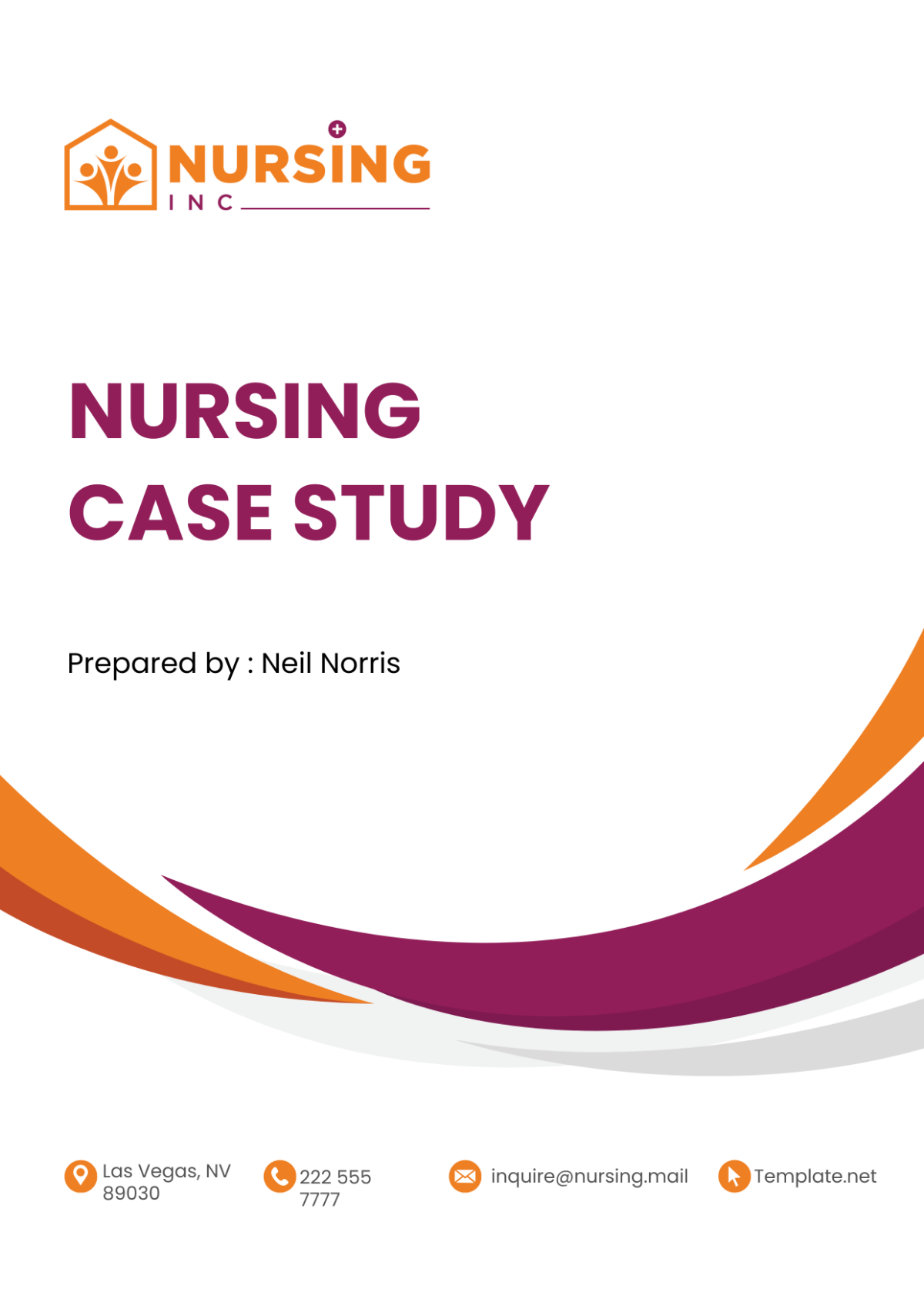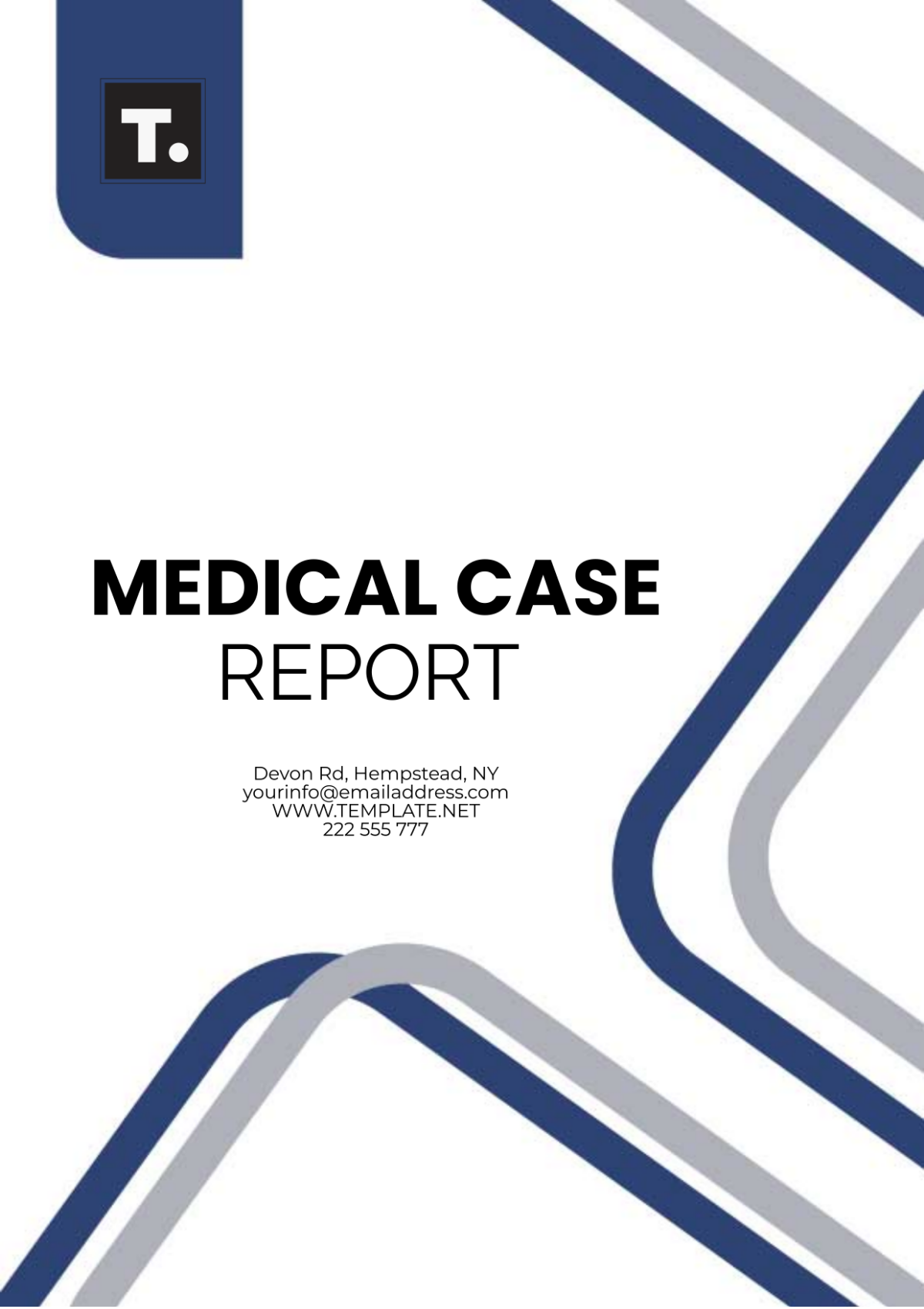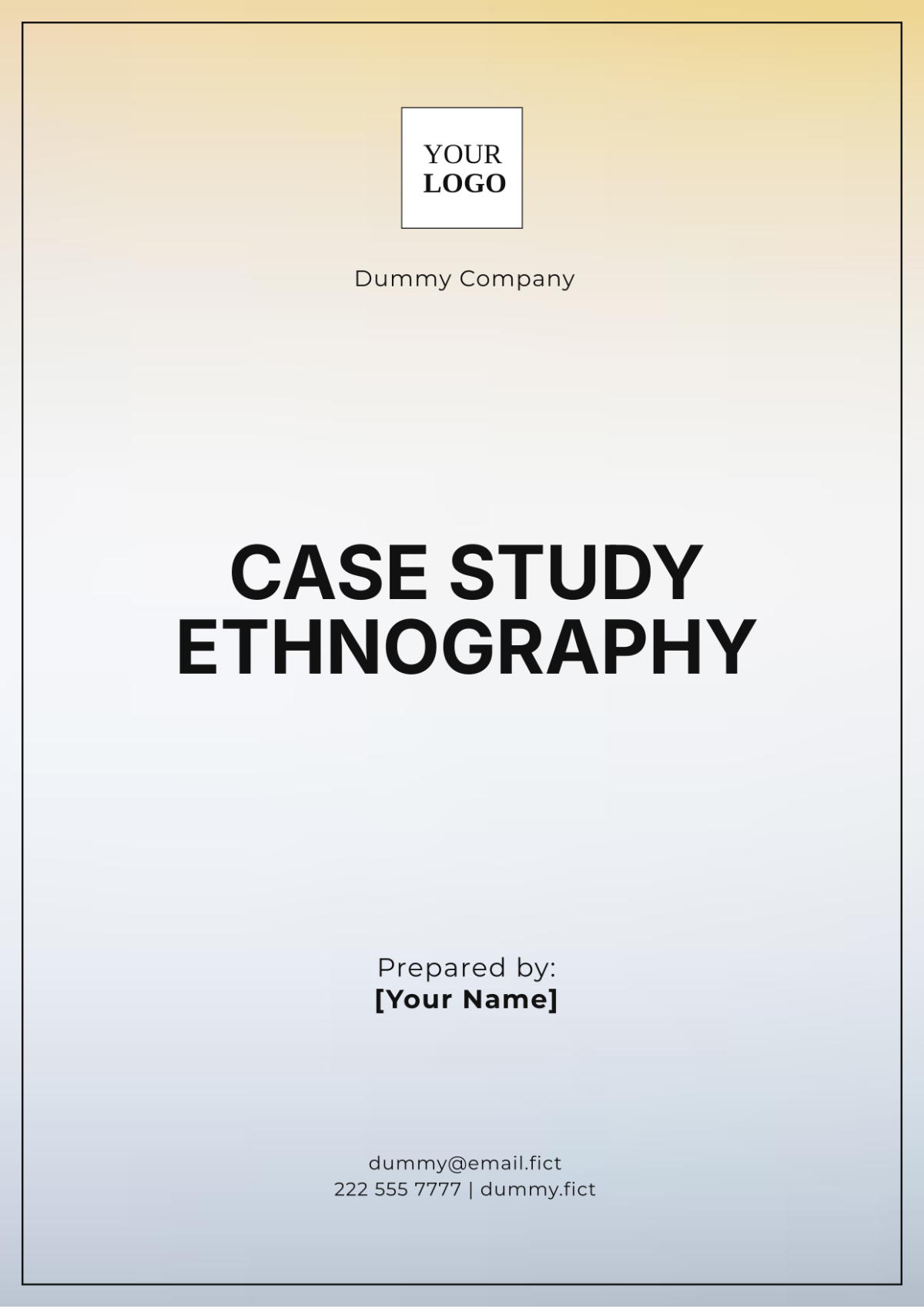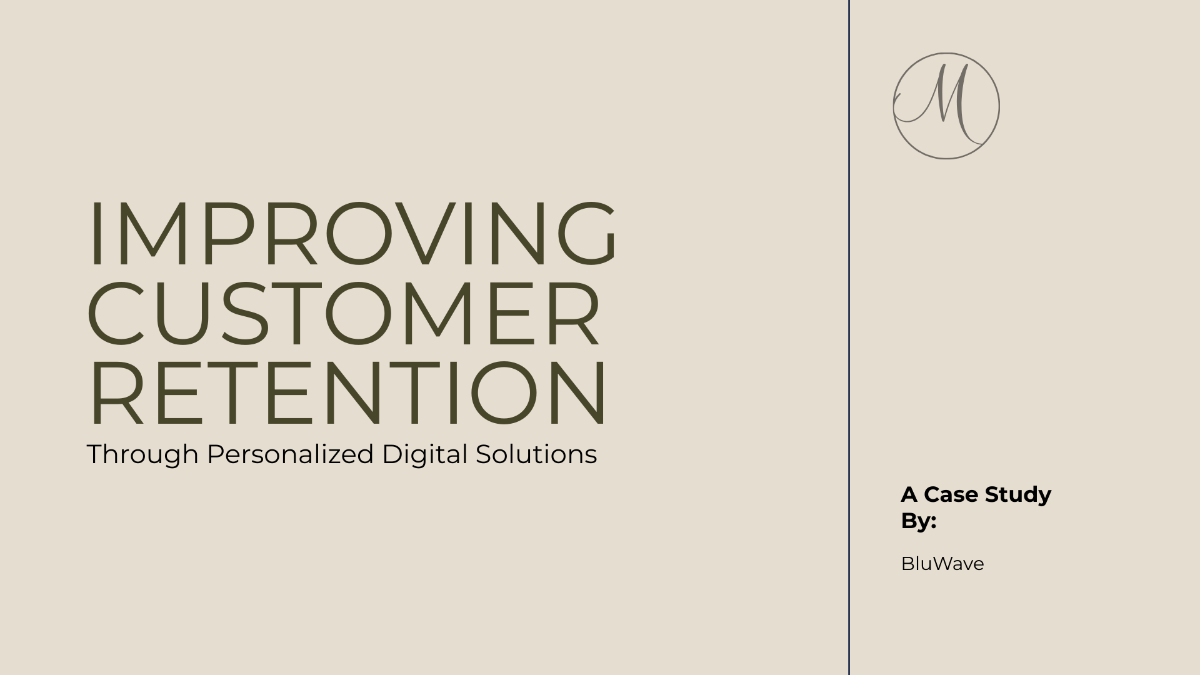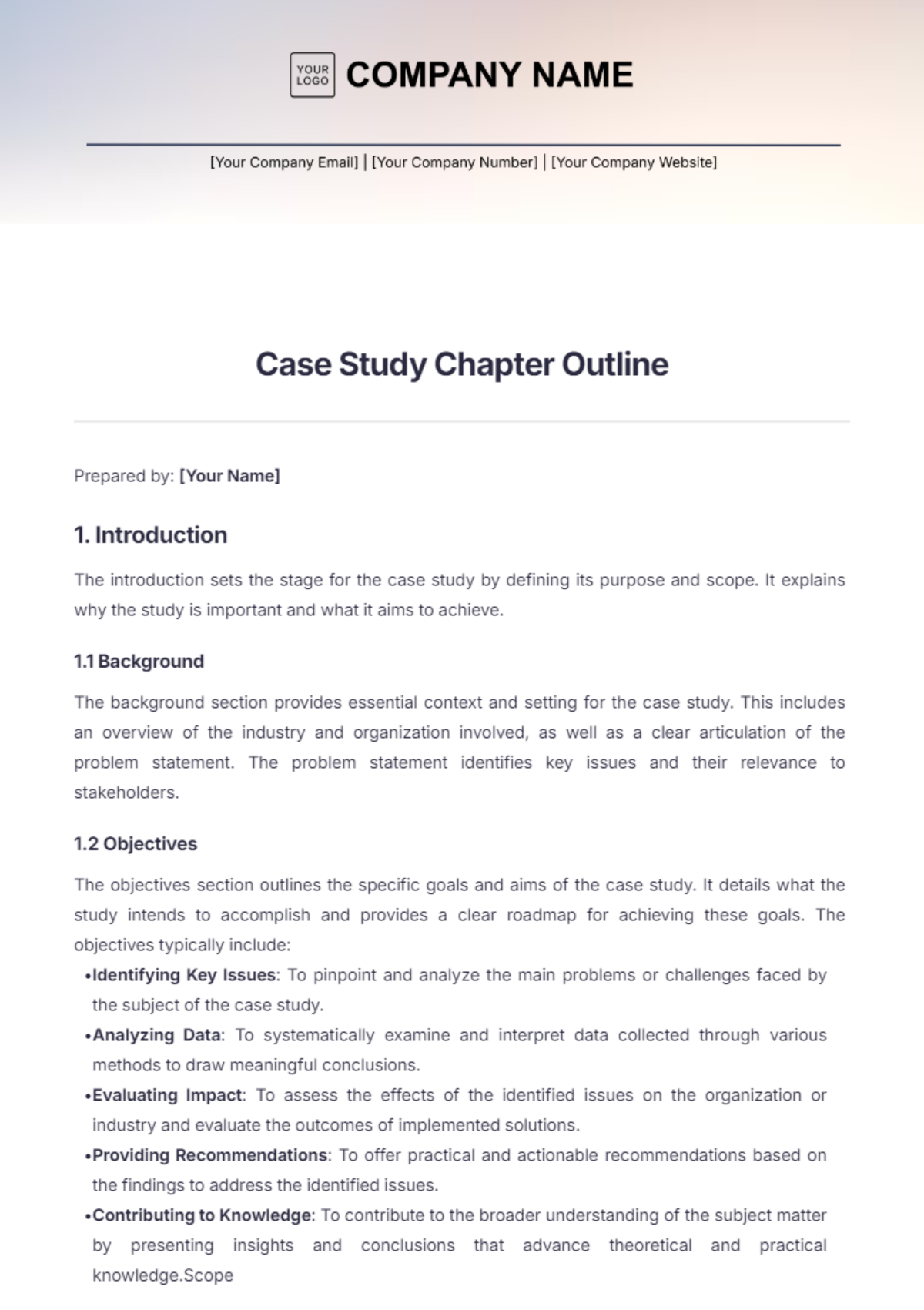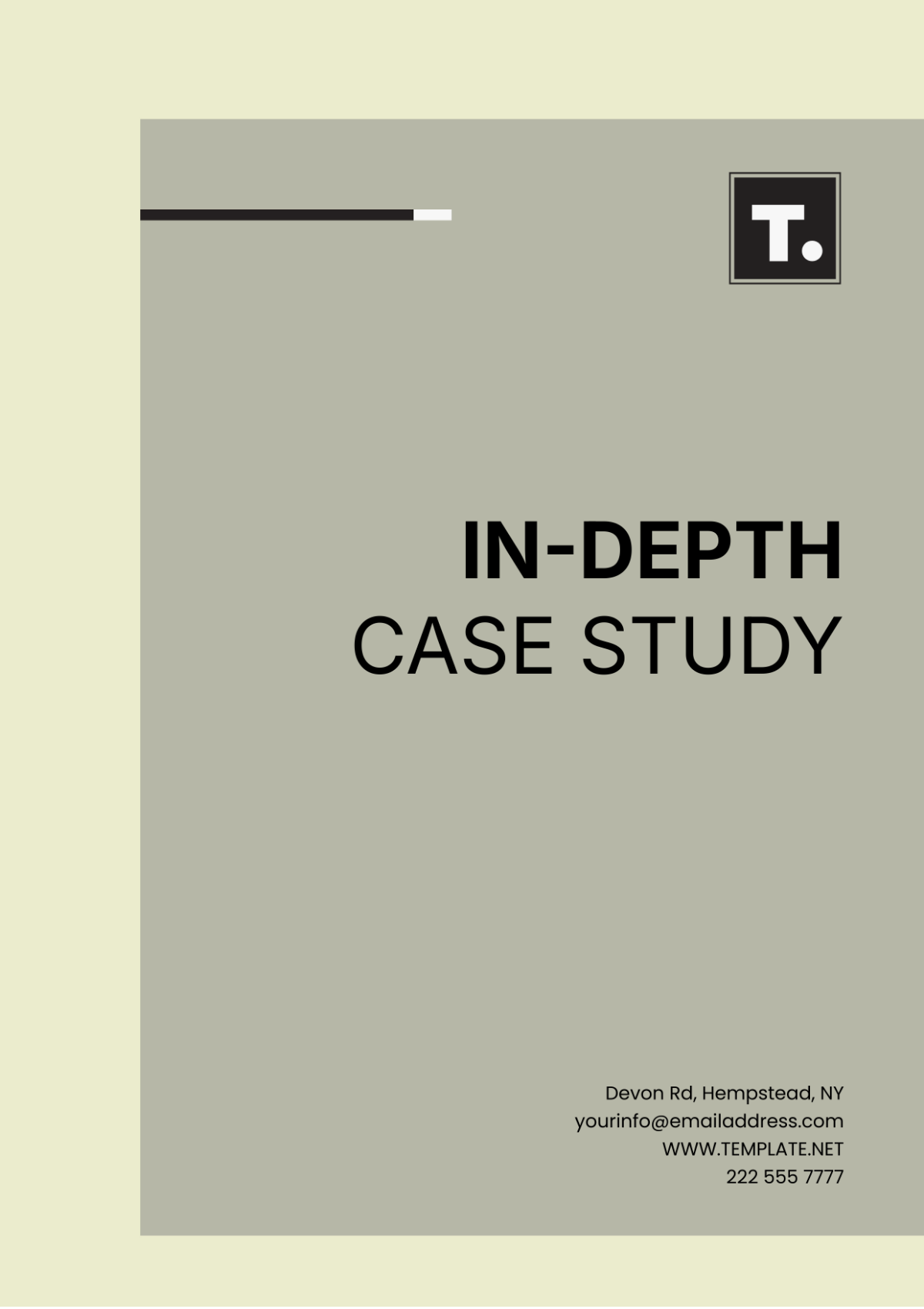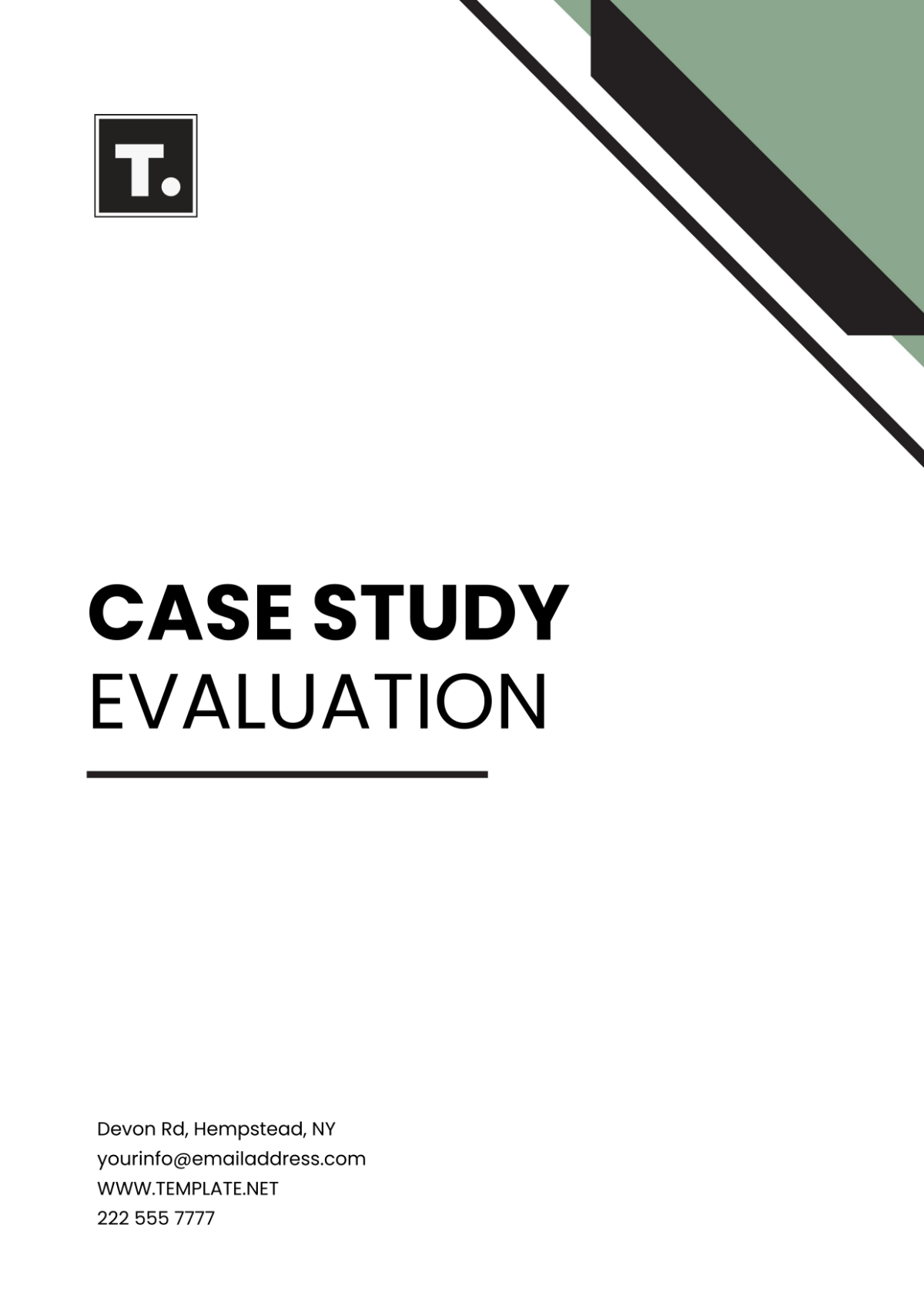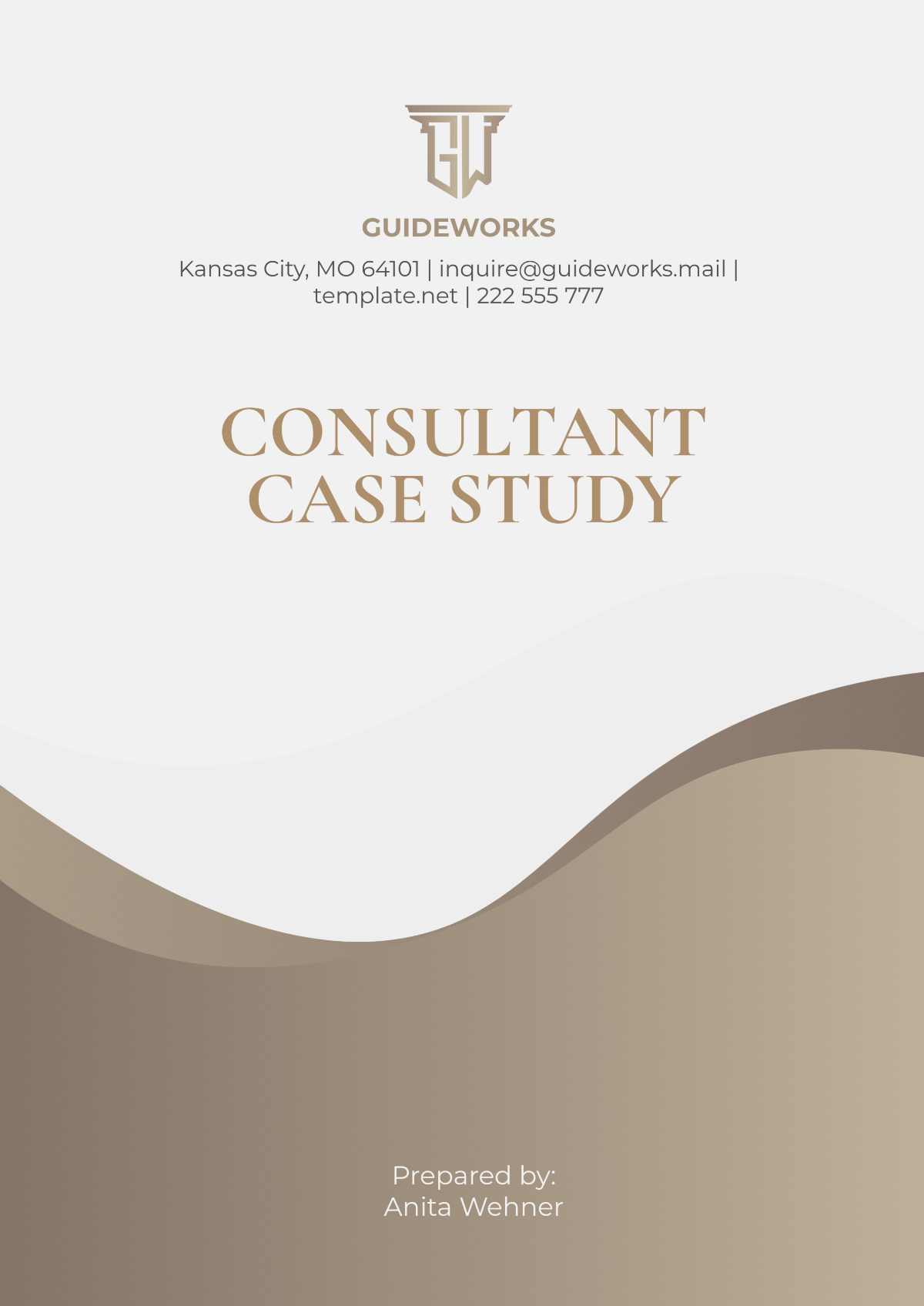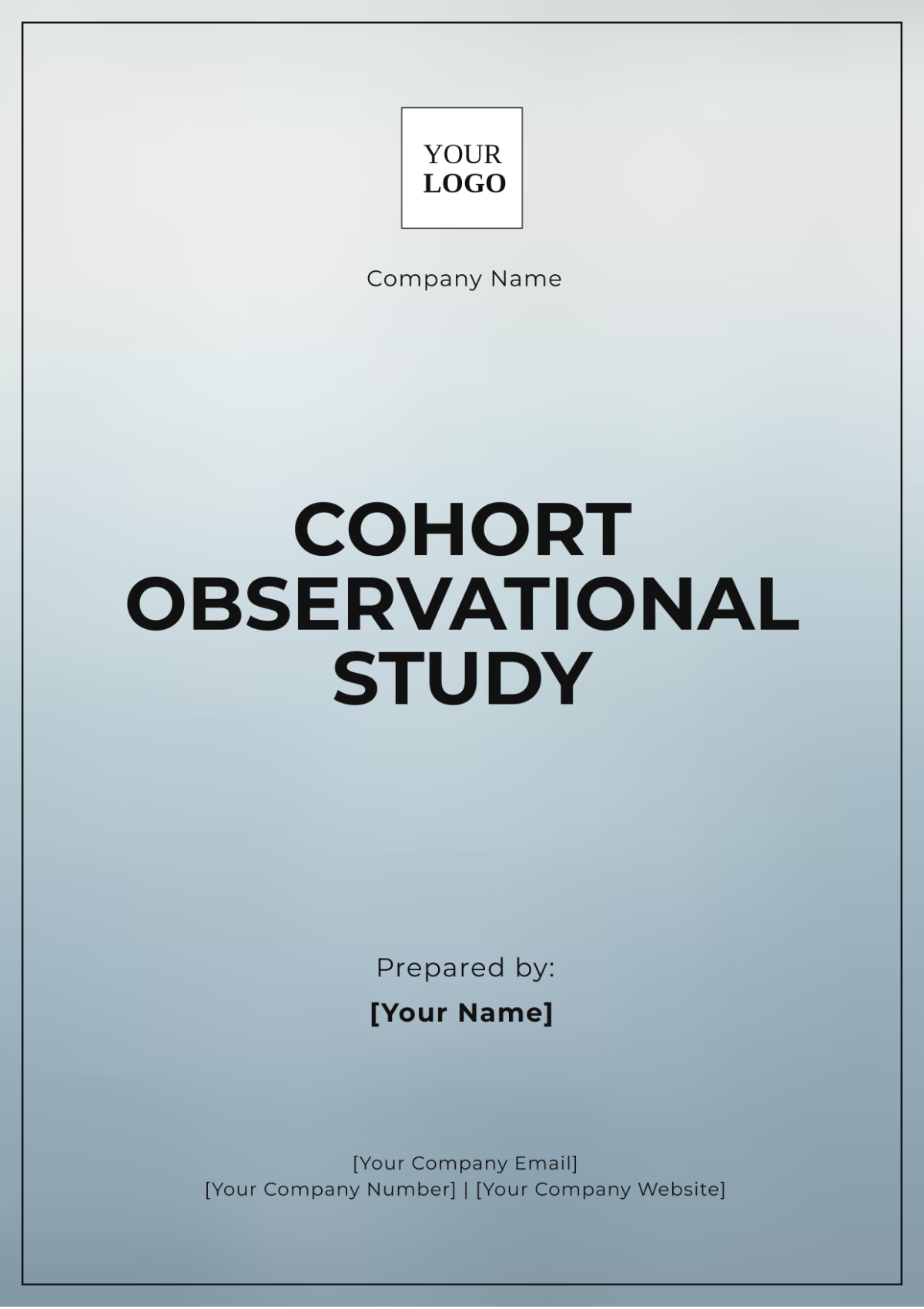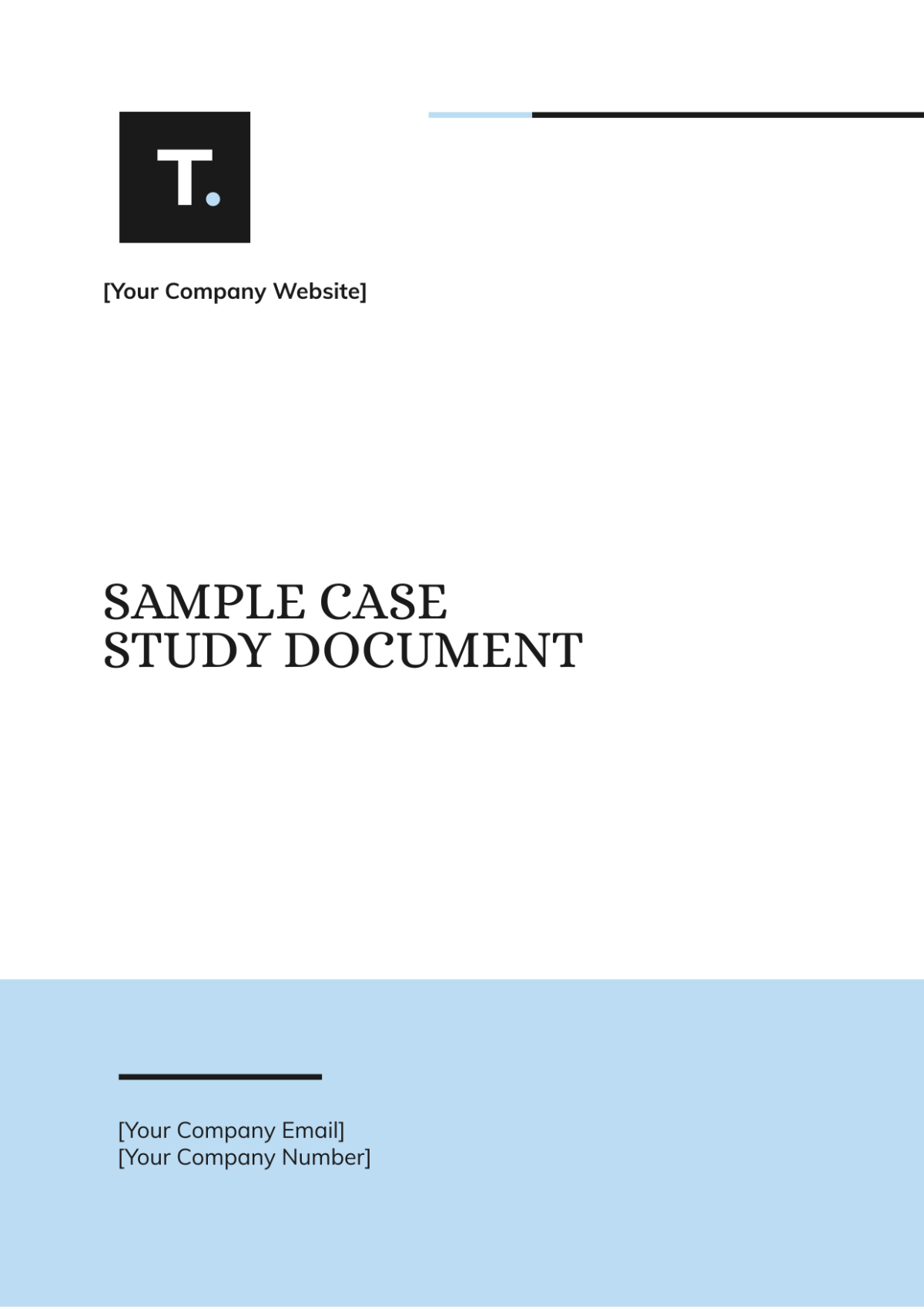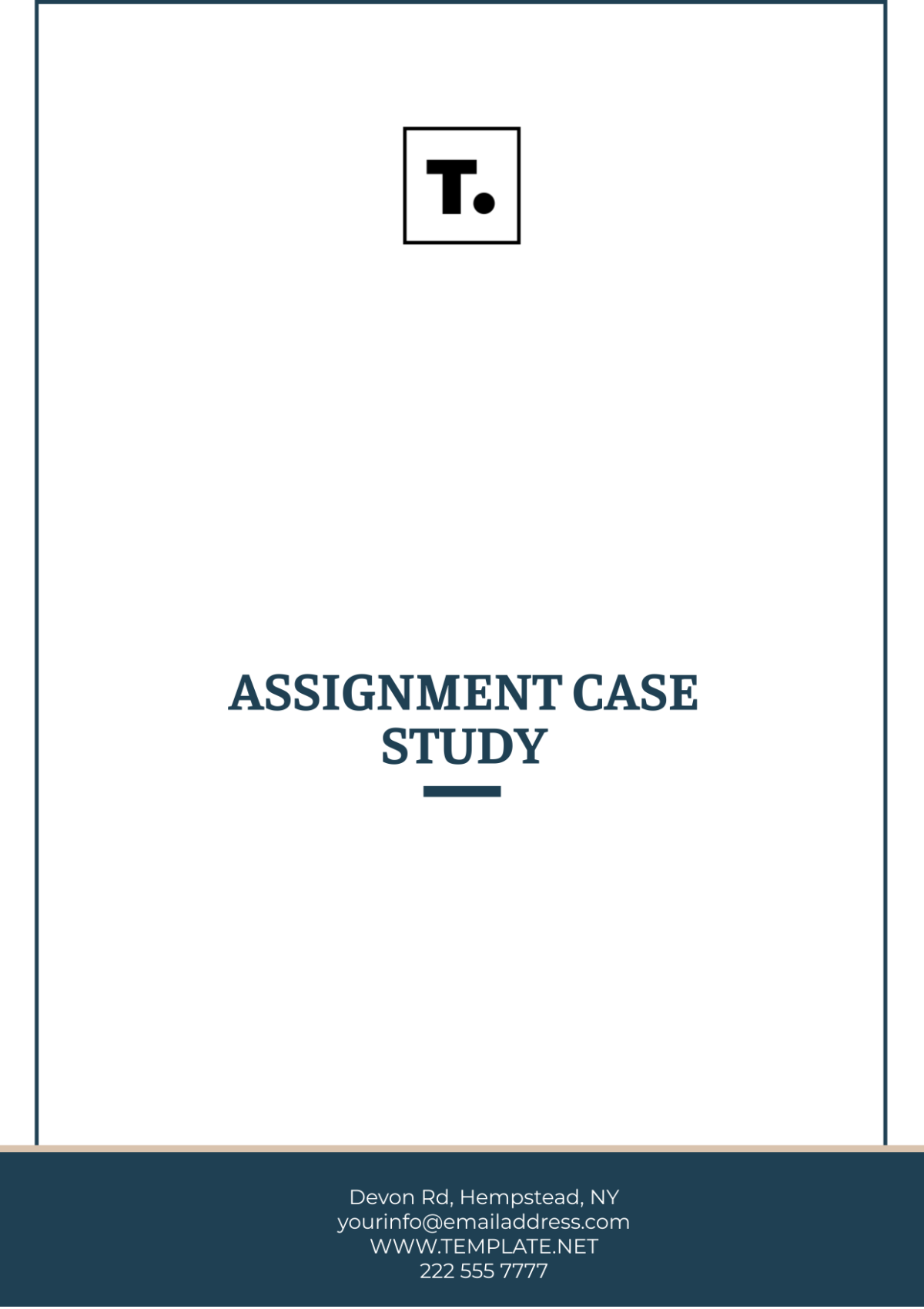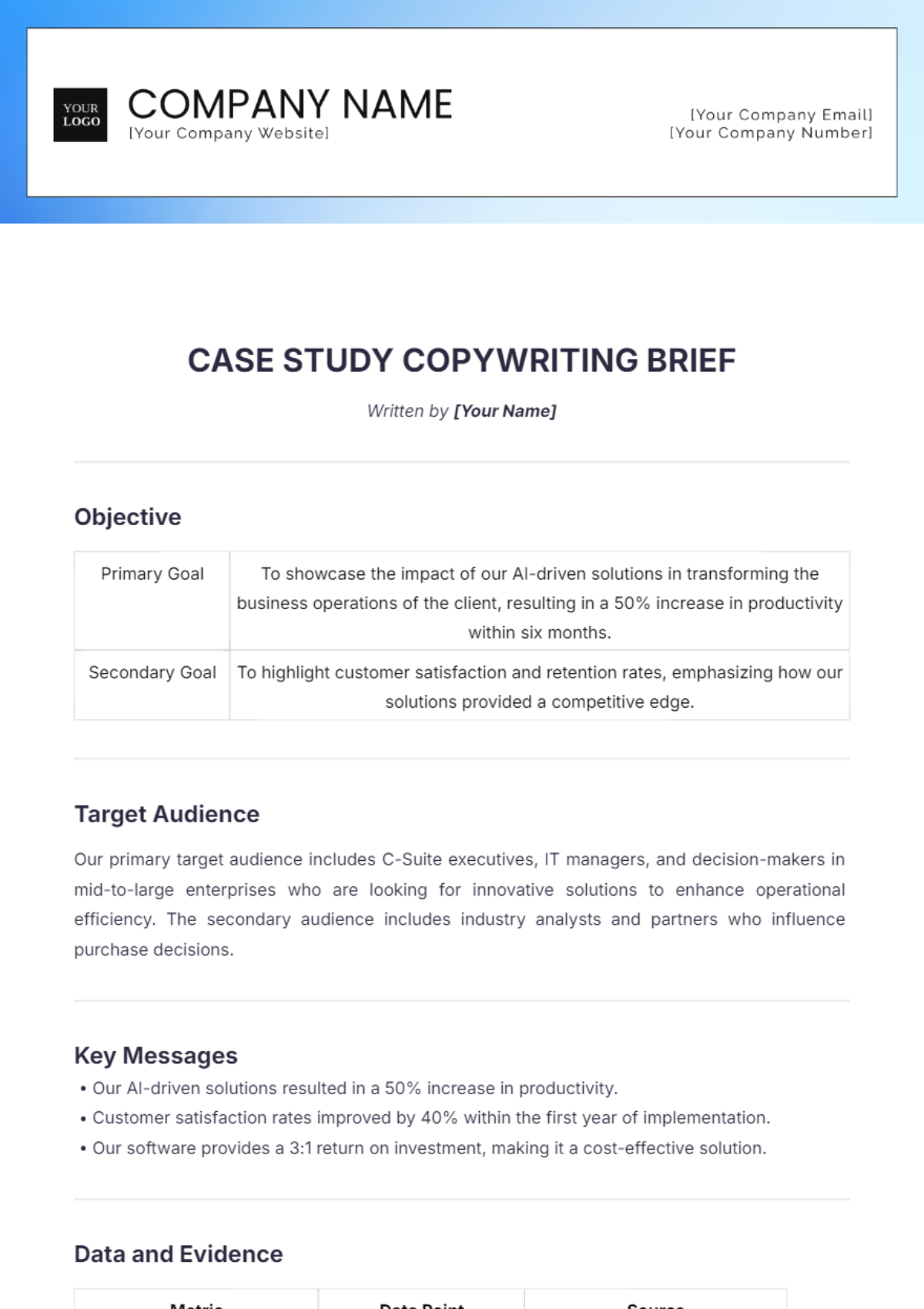GEOGRAPHY CASE STUDY
1. Introduction
In the realm of Geography Education, case studies serve as potent tools to immerse students in real-world scenarios, fostering a deep understanding of geographical concepts and their practical applications. This template outlines the essential components for crafting a compelling geography case study that engages learners and facilitates effective learning outcomes.
2. Background Information
2.1 Overview of the Geographic Context
This section provides a concise description of the geographical setting or phenomenon under study. It includes details such as location, climate, topography, cultural aspects, and relevant historical background.
2.2 Objectives and Scope
Clearly define the objectives of the case study and outline the scope of analysis. Specify the key questions or issues that the case study aims to address, guiding the reader towards the central themes of the study.
3. Methodology
3.1 Data Collection Methods
Detail the methods employed to gather relevant data for the case study. This may include field observations, surveys, interviews, GIS (Geographic Information Systems) analysis, satellite imagery analysis, or archival research.
3.2 Data Analysis Techniques
Explain the analytical techniques utilized to interpret and analyze the collected data. This could involve quantitative analysis, qualitative analysis, spatial analysis, statistical modeling, or a combination of these approaches.
4. Case Study Presentation
4.1 Case Description
Present a comprehensive description of the case study scenario, providing contextual information and highlighting key geographical features, challenges, or phenomena.
4.2 Analysis and Findings
Discuss the findings of the case study analysis, focusing on insights gained, patterns identified, and conclusions drawn regarding the geographical context or issue under examination.
4.3 Lessons Learned
Reflect on the lessons learned from the case study, emphasizing the practical implications for geography education, real-world applications, and potential strategies for addressing similar challenges or situations.
5. Conclusion
Summarize the key findings, implications, and recommendations derived from the case study. Highlight the significance of integrating case studies into geography education to enhance students' ability to navigate complex geographical issues and contribute meaningfully to society.
Prepared By:
[Your Name]
[Your Company Name]







